A smart auction bid put Brian Duncan out in the field with the MeatEater host for a dream hunt
If you listen to the MeatEater podcast or watch Steven Rinella’s show, you probably feel like you know him and his whole crew. But you’d be forgiven for feeling a little pressure if he was watching you line up on a bull. Brian Duncan gives us a taste of what it was like to bid for and win a truly unique Colorado elk hunt that brought him face to face with his conservation idol and a hunter’s hunter.
Here’s his story.
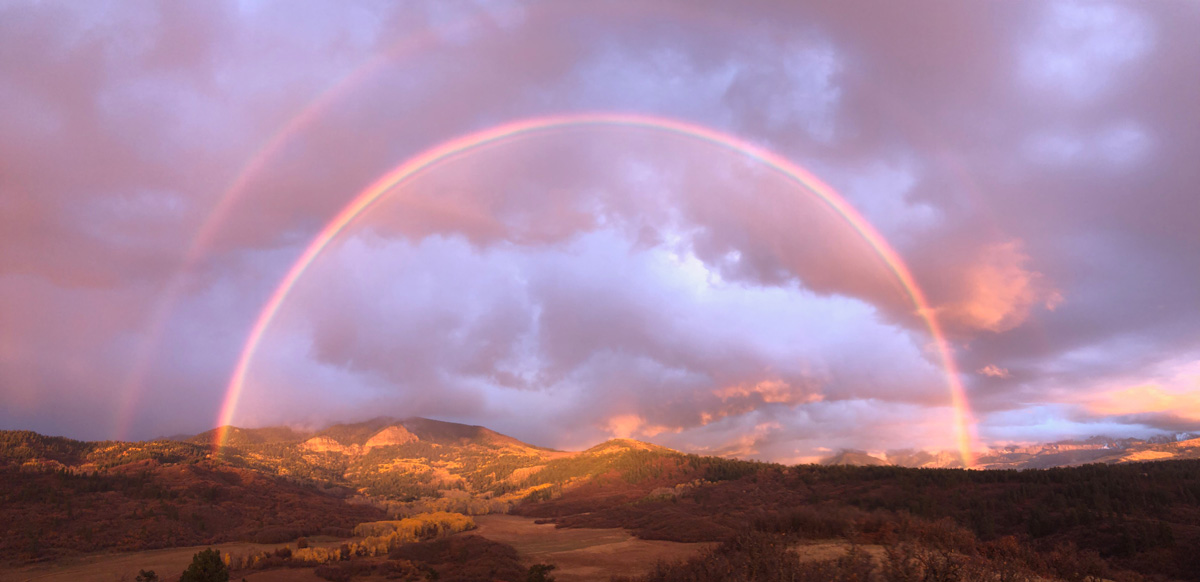
I couldn’t believe it when I won—I didn’t think I had a chance at having the highest bid, but before you knew it, I was on the trip of a lifetime with Steven Rinella. He’s someone I’ve always looked up to in the hunting and fishing world, and the information he puts out there really inspired me to get into conservation over the years.
But the last thing I wanted to be was a goofy fan, so there were some jitters about meeting and hanging out with him and Janis Putelis. In the weeks leading up to the hunt, I kept thinking, Am I going to miss or do something stupid in front of them? But those feelings went away quickly once we arrived—not only were they fantastic and welcoming, but there was little to no time to be nervous.
Together with my nephew Jon and some friends, we touched down in Denver and drove up to the ranch, where we immediately sighted in our rifles—we were hunting within hours of being on the ground. Our buddies went fishing with folks from the TRCP, while I went with Steve and Janis guided Jon.
Little did we know that this hunt would start slow and have a fairly dramatic conclusion.
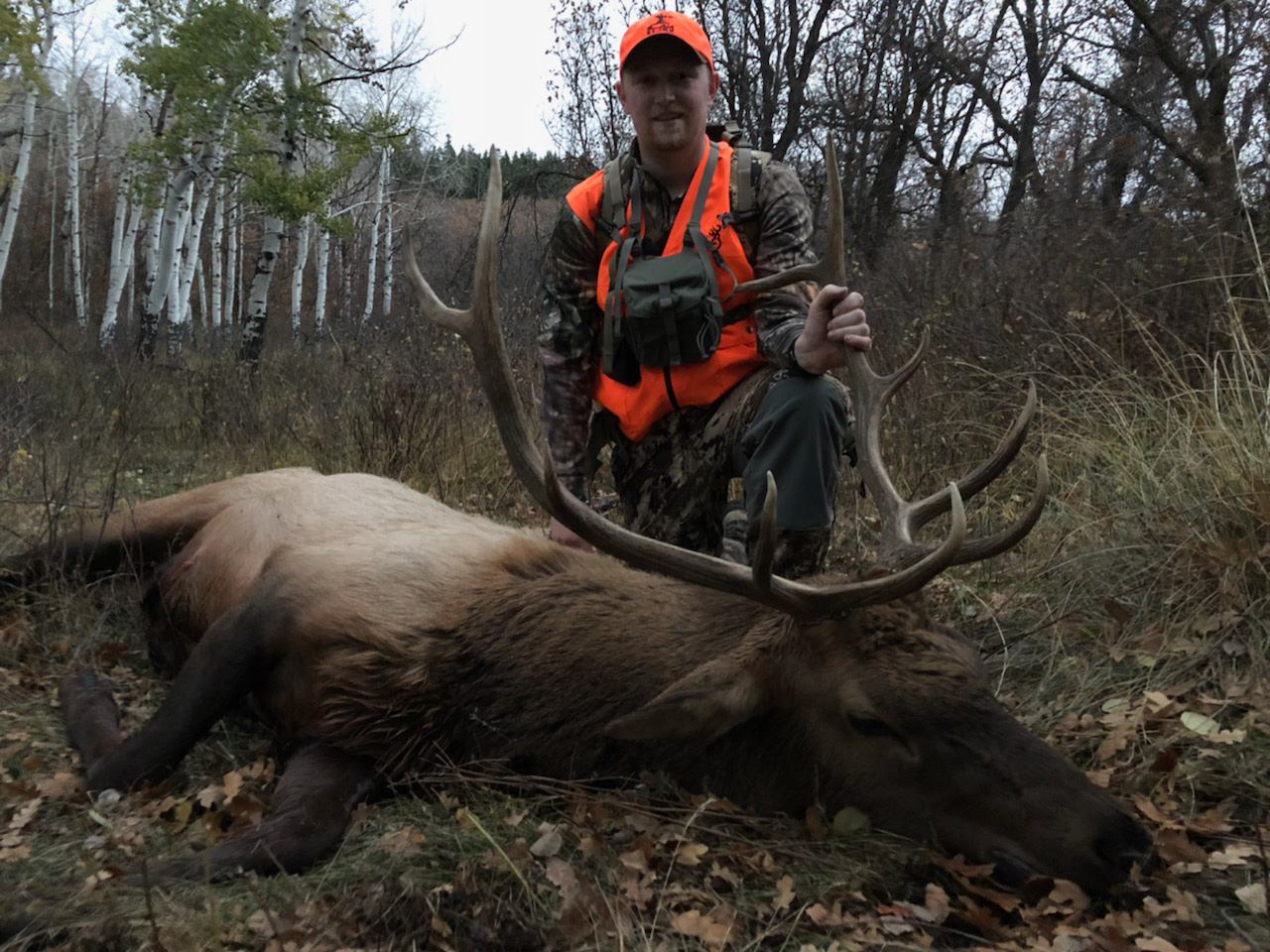
At first, Steve and I were just trying to establish a pattern of behavior for this group of elk that liked to hang in a meadow. They seemed to know exactly when it was about to be legal shooting light, because they’d filter into the timber so we didn’t have a shot. It was a cat-and-mouse game to set up in the right spot with enough light left.
I was getting antsy as the days passed and I felt like I only had a few chances left. But things started heating up on our last afternoon: They’d been bugling at us all day, and I was getting excited thinking, This is finally going to happen.
But then, suddenly, we heard a shot—my nephew Jon had gotten his bull. I was excited for him, but knew I’d be disappointed if it had spooked the elk on their way to my field.
Still, they came streaming into the meadow, and we were in position. There were only a few minutes of legal shooting light left. Steve was pointing out a bull and I was trying to find it in my binos and scope, but ultimately I thought it was just too dark to risk having a near miss.
We celebrated Jon’s success that night and it would not have been a loss if we left it at that. In the evenings, Chef Andy Radzialowski prepared the most incredible meals, and the topics of discussion over dinner and coffee ranged from hunting and conservation to literature and politics. That was almost the best part, spending time with so many smart, funny, conservation-minded people and just telling stories.
Like I said, it was almost the best part.
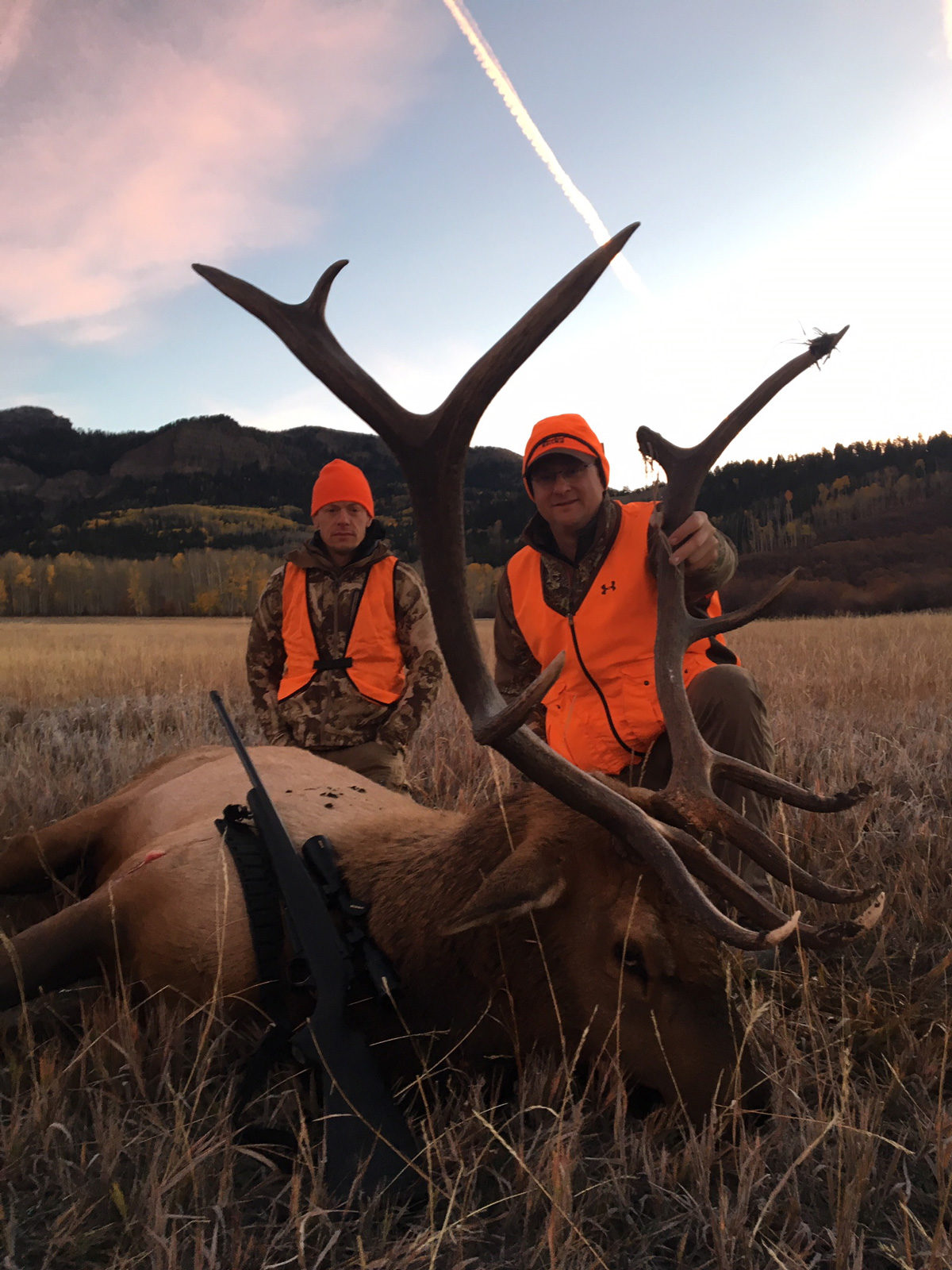
There was a one-hour window of opportunity the next morning before everyone had to leave to make their flights, and Steve asked me if I wanted to go for it one more time. So, we got up even earlier and headed back out to the meadow.
This time, we went all the way around back to where the elk had been exiting into the timber the day before, and just minutes after legal shooting light, there was a bull right out in front of me. It was a nice 5×6 (would have been a 6×6 if one of his tines wasn’t broken off) and it was bugling its head off with a bunch of cows around him. I fired, perhaps a little rushed, and he spun around, but my second shot took him down right away.
They’re always such impressive animals, even if this wasn’t the biggest bull in the world. I already have a full shoulder mount at home, so I plan to have this bull euro mounted for the main wall in my lake house. The real trophy is what’s in my freezer—and every time I share that meat with family or friends, I get to tell the incredible story.

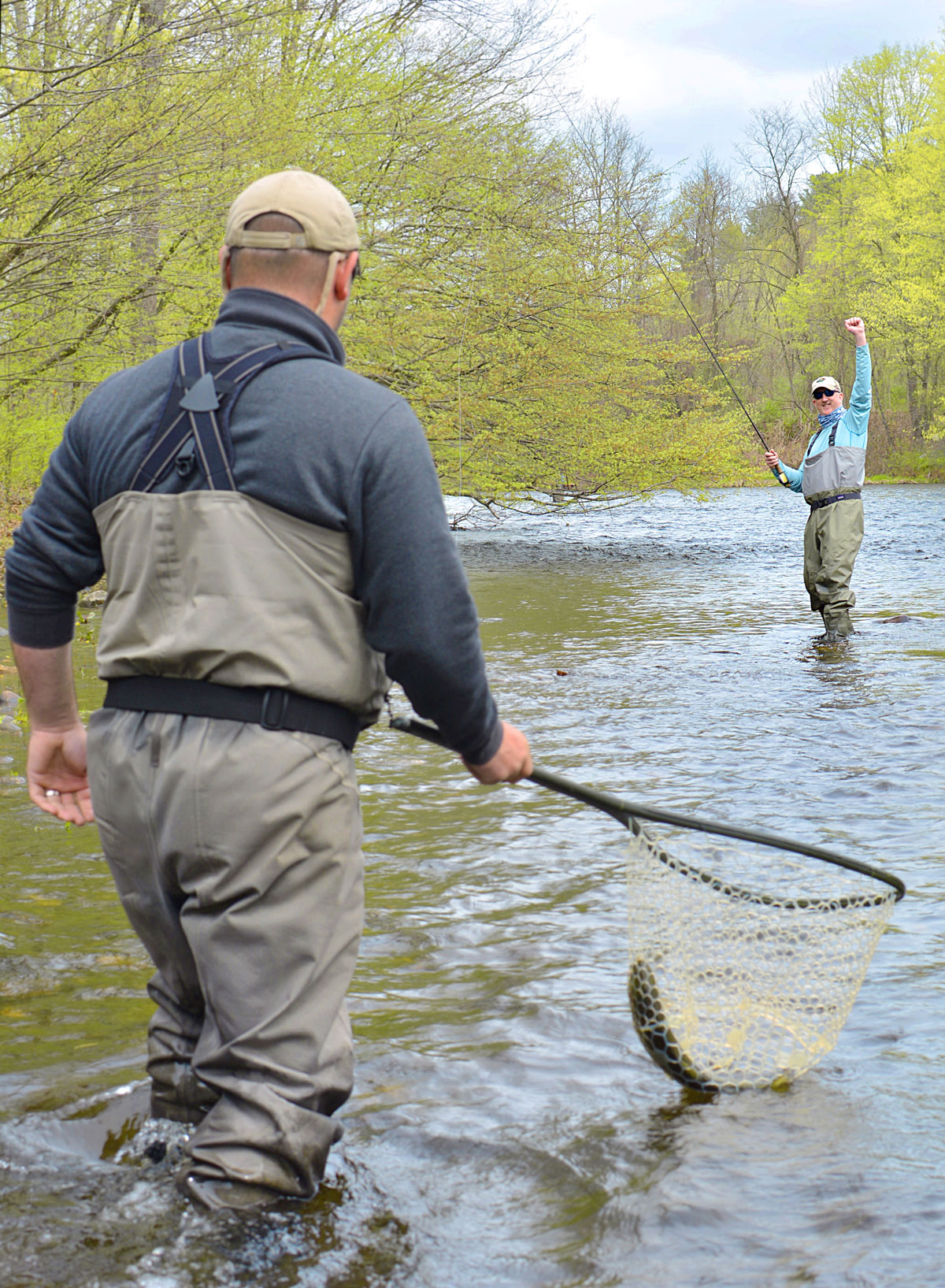
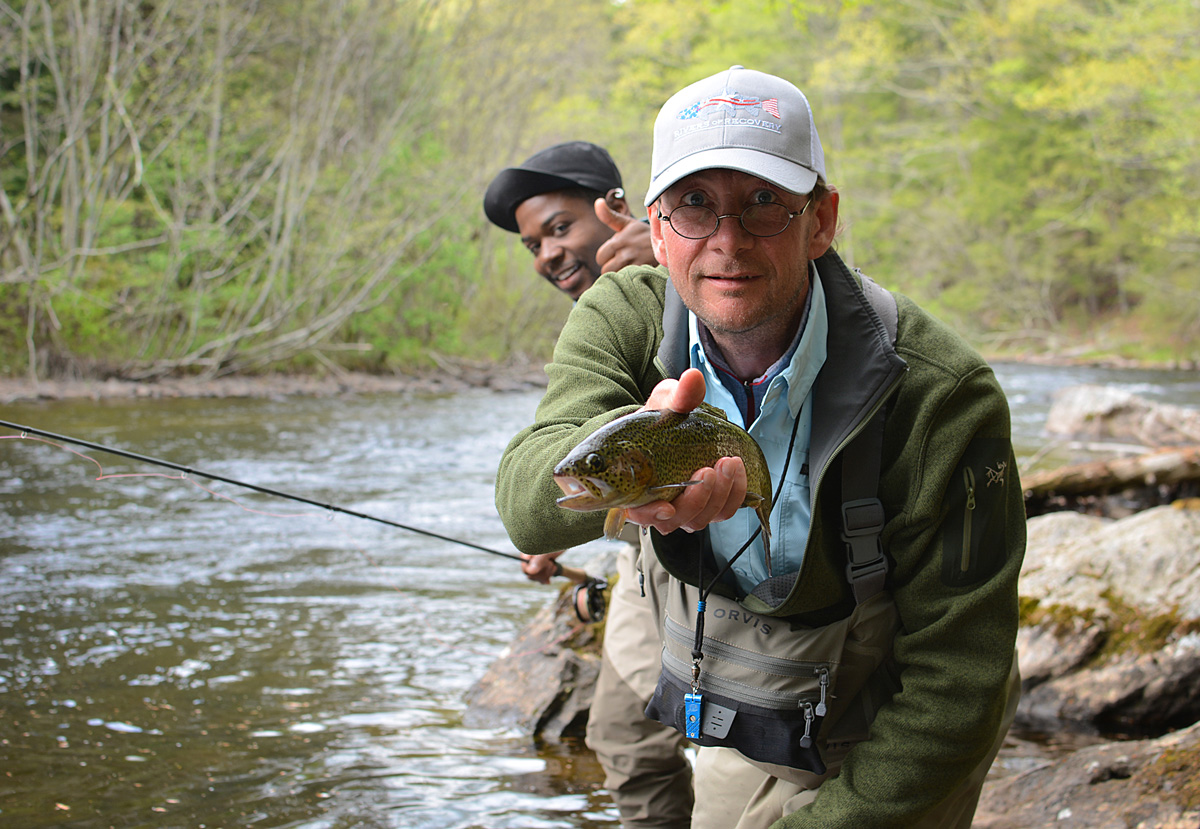
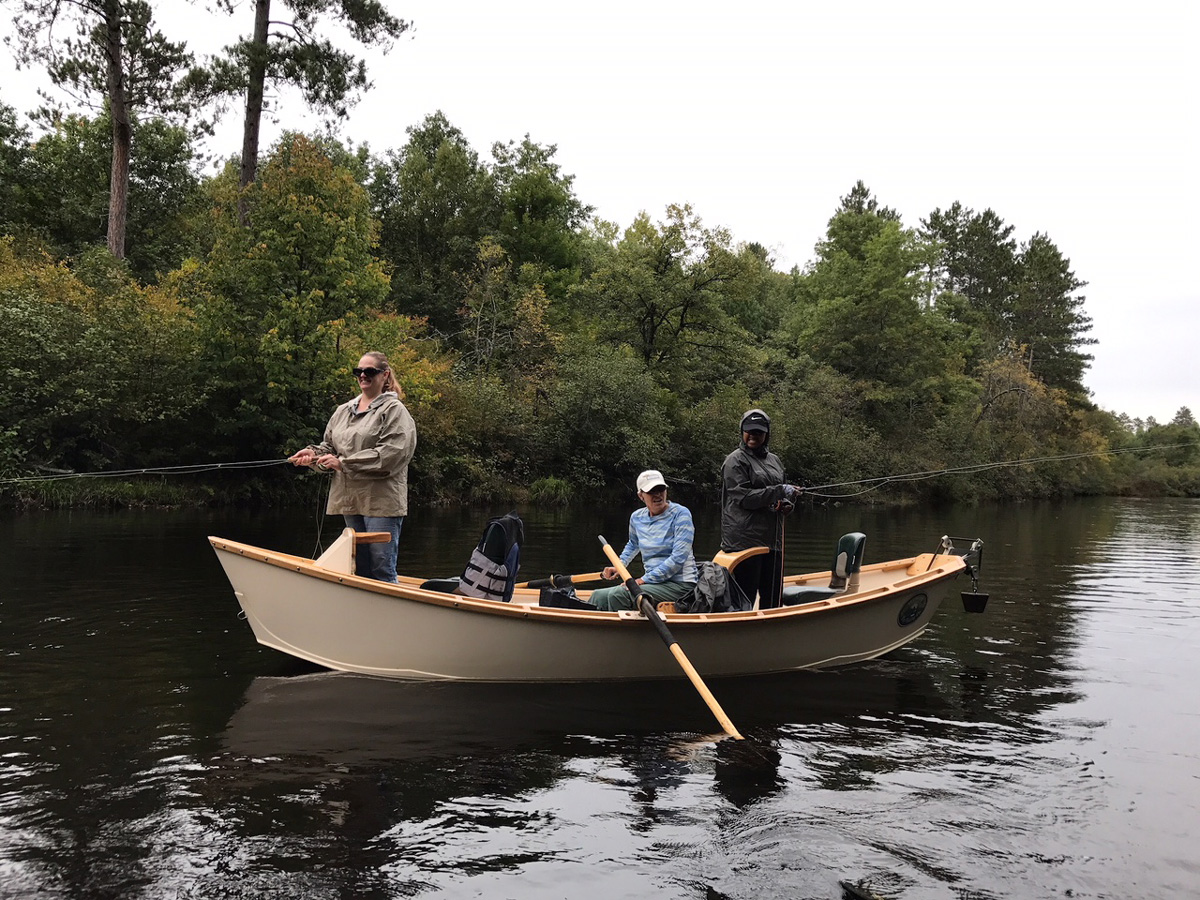
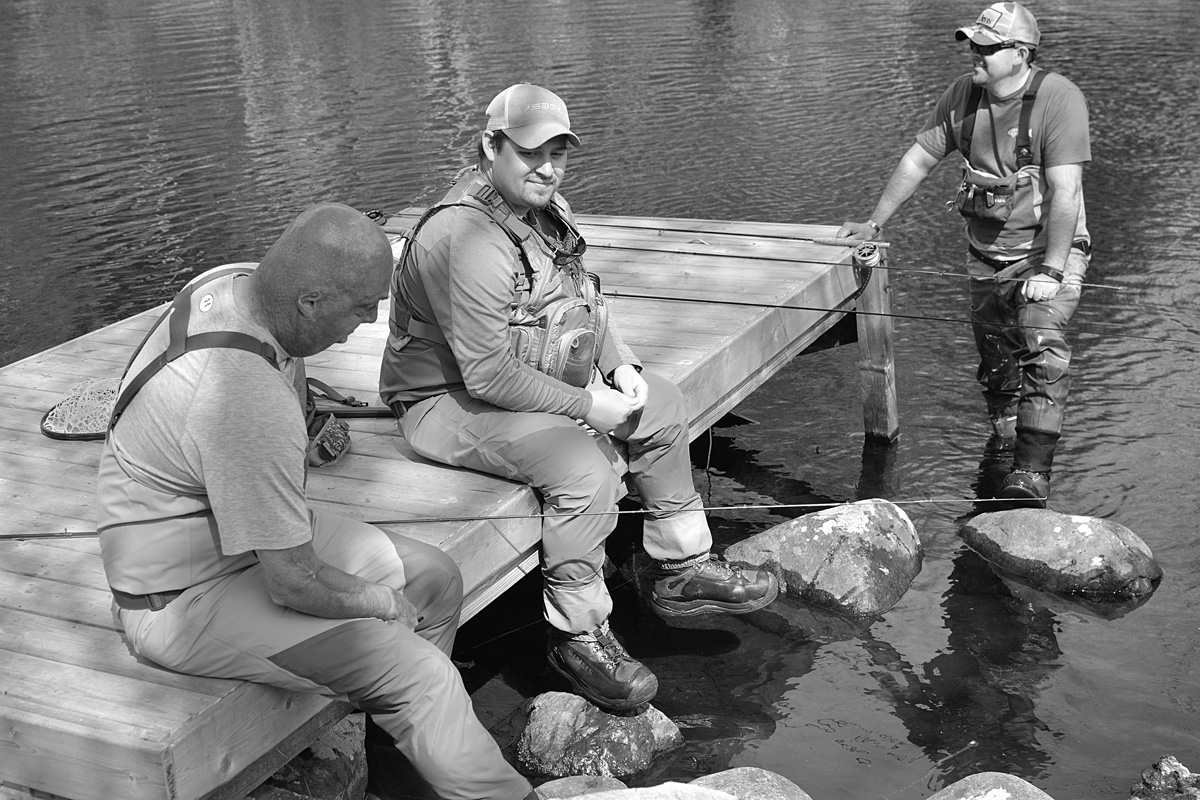
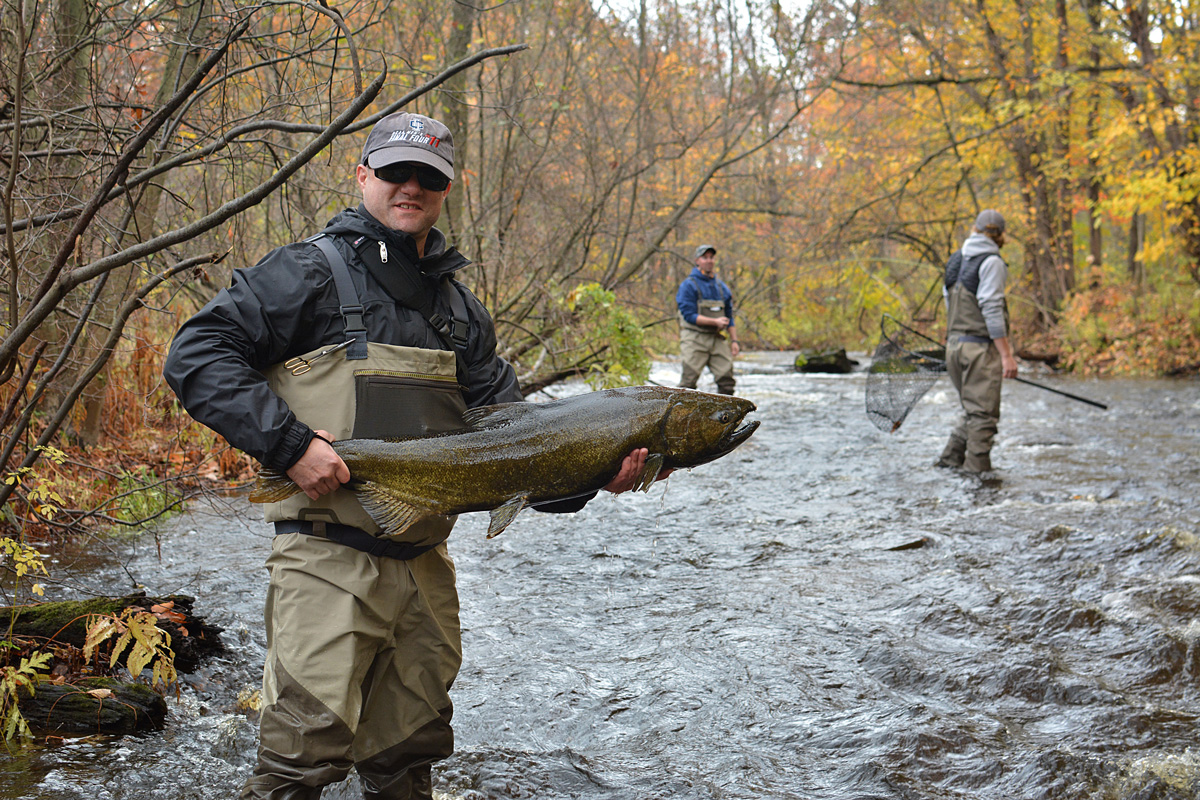




Hey Steve I can in no way afford to bid on a hunt like this but if you ever find yourself (and crew) in sapphire Village MT (about 10 miles south of Utica MT or 40 miles SW of Lewistown Mt) stop by for some back strap and beer!! You and the crew are welcome at my fire anytime.
Ty Haight (there’s some pretty fair public hunting ground around there too)
That is an awesome trip. Would love to hunt with him myself and learn some more of his recipes, I love to cook wild game and he’s the best in the back country.
I’m so jealous! That would be an absolutely amazing hunt!
Want to hunt with Steven long time dream and to say he does a lot of techniques just like mine.
My life dream is to hunt with steve rinella ive traveled mountains from east to west in north America yet have only hunted game in Maryland which is a versatile place to hunt but I would love to just go sit with steve and watch the outdoors for hours
I have 40 acres in Colorado that is backed by national Forrest it is unit 59. And I would love to host y’all if you would like to hunt it or shoot a show or fund raiser